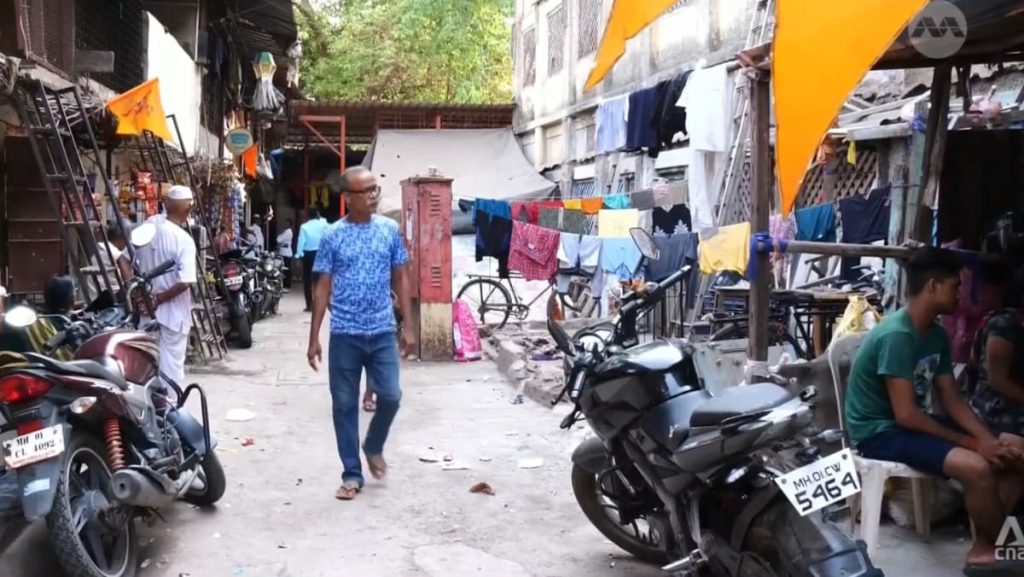Mumbai’s Dharavi slum, home to over 1 million residents, has been a focal point for redevelopment efforts for years. The slum, which spans about 600 football fields, is a densely populated area with high poverty levels and limited access to basic amenities. The long-awaited redevelopment plans for Dharavi have sparked a mix of anxiety and hope among its residents.
The redevelopment of Dharavi is seen as a potential solution to the area’s challenges, such as overcrowding, poor living conditions, and lack of infrastructure. The aim is to transform Dharavi into a modern, livable space with improved housing, facilities, and opportunities for its residents. However, the redevelopment also raises concerns about displacement and loss of community for the current residents, many of whom have lived in Dharavi for generations.
Some residents of Dharavi welcome the changes that redevelopment could bring, such as improved living conditions and access to better amenities. They see the redevelopment as an opportunity for a better future for themselves and their families. At the same time, others fear the loss of their homes and livelihoods, as well as the destruction of the close-knit community that has developed in Dharavi over the years.
The redevelopment plans for Dharavi have faced challenges and delays over the years, due to a variety of factors such as bureaucratic hurdles, funding issues, and disagreements among stakeholders. The complex nature of the project, which involves multiple agencies and interests, has made it difficult to move forward with a comprehensive plan that addresses the needs and concerns of all parties involved. As a result, progress on the redevelopment has been slow and uncertain.
Despite the challenges, there is hope that the redevelopment of Dharavi can be a success story that provides a model for sustainable urban development in other parts of the world. By taking a holistic approach that considers the social, economic, and environmental aspects of the slum, the redevelopment plans for Dharavi have the potential to create a vibrant, inclusive community that benefits all its residents. It will be important for all stakeholders to work together to overcome the obstacles and make the vision for a new Dharavi a reality.
In conclusion, the redevelopment of Mumbai’s Dharavi slum is a complex and challenging endeavor that has the potential to transform the lives of its residents for the better. While there are concerns about displacement and loss of community, there is also hope for a brighter future with improved living conditions and opportunities. By addressing the diverse needs and interests of all stakeholders, the redevelopment plans for Dharavi can become a model for sustainable urban development that prioritizes the well-being of its residents.


